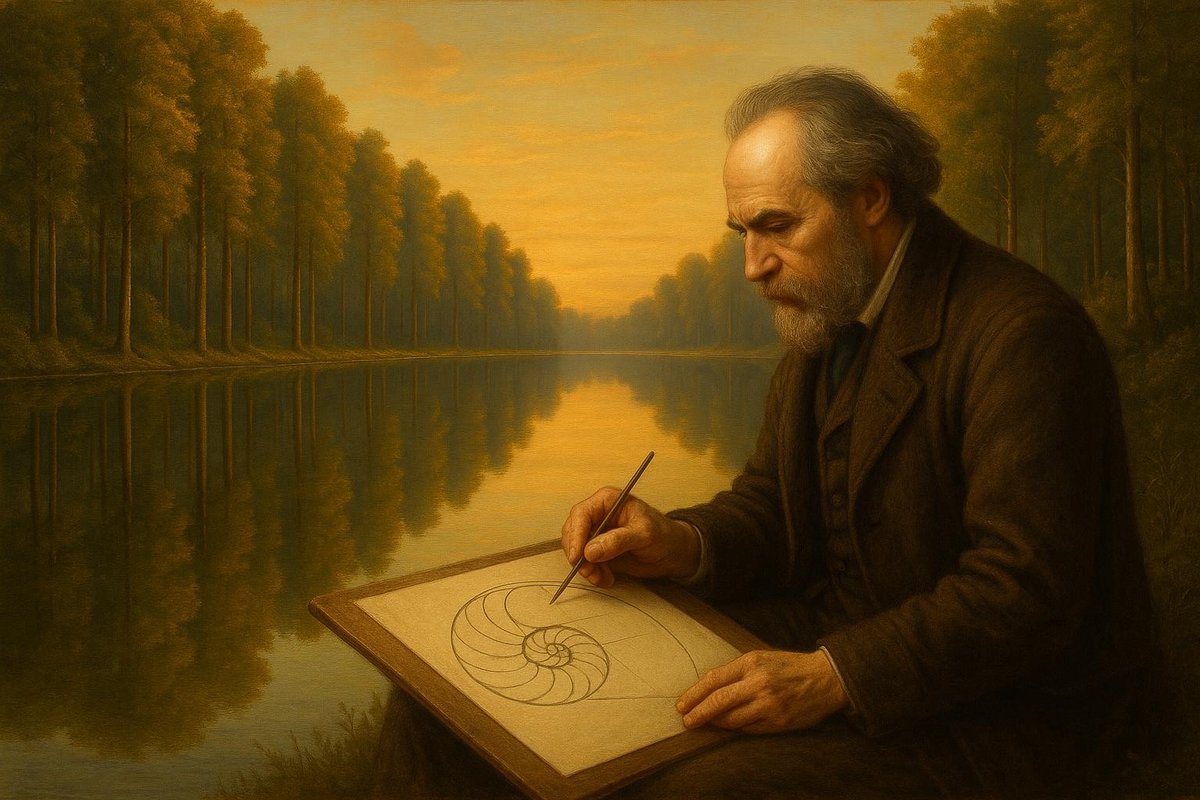
Have you ever marveled at the perfect symmetry of a butterfly’s wings or the captivating spiral of a seashell? These natural wonders are not just aesthetically pleasing—they’re a gateway into a profound interdisciplinary dialogue. Symmetry in nature is a concept that weaves together the threads of science, art, and philosophy. But how does this invisible thread link such diverse fields? To explore this, we need to delve into the heart of nature’s design and uncover the secrets it holds.
Hypothesis & Context: The Roots of Symmetry
Interestingly, symmetry has intrigued thinkers and artists for centuries. Ancient Greek philosophers like Plato saw it as a form of divine order. In the realm of science, symmetry becomes a language that nature speaks fluently. Isaac Newton, in the 17th century, grounded his laws of motion in symmetrical principles, revealing harmony in the cosmos.
- Symmetry observed in natural patterns, like the hexagons of a honeycomb, seemed to suggest a universal order.
- Philosophers pondered: Is symmetry simply a perception, or a deeper truth?
- Artists captured symmetry’s beauty, while scientists sought its laws.
As time goes on, the concept of symmetry evolved, leading to the 20th-century breakthroughs in physics with Einstein’s relativity and quantum mechanics. These scientific strides were bolstered by a cultural renaissance in visual arts, where symmetry was a recurring motif. No wonder it continues to be a powerful symbol across disciplines.
Setup & Method: Nature’s Symmetrical Designs
Our journey into the symmetrical wonders of nature involves more than just observation. Consider the Fibonacci sequence, a mathematical concept discovered in the 13th century by Leonardo of Pisa. This sequence appears mysteriously in the arrangement of leaves, flowers, and fruits, hinting at an underlying order.
- Leonardo’s numbers reveal nature’s hidden design, offering a method to predict growth patterns.
- Botanists study leaf arrangements, discovering that they follow this sequence to optimize light exposure.
- Architects draw inspiration from these natural patterns, infusing symmetry into structural designs.
Such patterns suggest that symmetry is not merely coincidental but a fundamental principle of natural organization. This realization bridges the gap between scientific inquiry and artistic expression, reinforcing the symbiotic relationship they share.
Results & Reactions: A Unified Perspective
What have these explorations of symmetry taught us? For one, they’ve fostered a newfound appreciation for nature’s intrinsic order. Scientists discovered that symmetrical structures often reflect evolutionary advantages, such as minimized energy use and maximized structural efficiency.
- Biologists speculate that symmetry signals health and vitality, influencing mating choices in the animal kingdom.
- Artists, inspired by nature’s patterns, integrate symmetry into visual compositions to evoke harmony and balance.
- Philosophers debate the implications of symmetry, pondering whether it signifies a universal consciousness or aesthetic ideal.
These insights encouraged a holistic view of the world, blending empirical evidence with aesthetic appreciation. The reactions from various disciplines demonstrate how a single concept like symmetry can unite diverse fields in a shared quest for understanding.
Implications: Bridging Disciplines with Symmetry
The exploration of symmetry has profound implications beyond its immediate applications. In science, it embodies the balance of forces, predicting phenomena with mathematical precision. In art, it provides a framework for creativity, inspiring countless masterpieces. And in philosophy, it poses questions about existence and consciousness.
- Is symmetry a universal law governing not just the physical, but also the metaphysical realms?
- By embracing symmetry, can we find common ground between rational analysis and intuitive insight?
- How can this bridge between disciplines inform our understanding of reality?
The dialogue sparked by symmetry continues to fuel exploration and innovation. As we unravel its mysteries, we not only deepen our knowledge but also enrich our cultural and intellectual heritage.
In conclusion, symmetry is more than a natural occurrence—it’s a bridge connecting the disparate islands of science, art, and philosophy. By exploring its hidden connections, we unlock a deeper understanding of the world and our place within it.
Fuel Someone Else’s Curiosity
Have you ever looked at a snowflake and wondered about its perfect form? Share this article with someone who might find beauty in nature’s mathematical elegance, or who appreciates the harmony of science and art. Let’s ignite a conversation about the surprising connections that symmetry reveals, and continue to foster curiosity across disciplines.

Leave a Reply